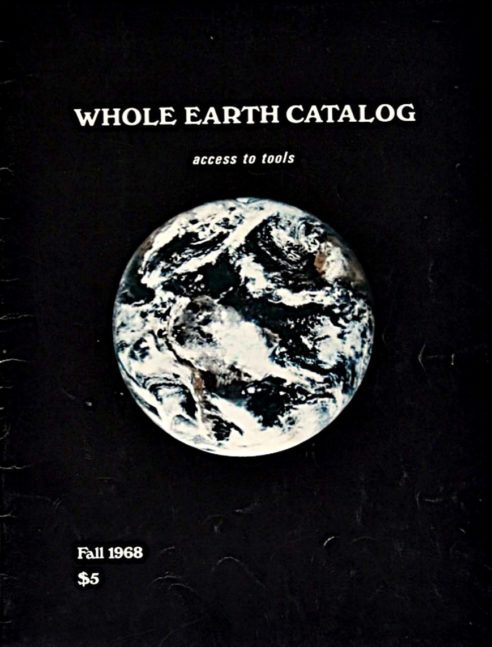Every once in a while, S.F. Chronicle columnist Herb Cain would put together a column of bits and pieces, so-called 3-dot journalism, and he would call it “Friday Morning Fish Fry.” I’m still unscrambling things from my month on the road, so here’s an interim bunch of disconnected facts:
It’s an iPhone world I live in a small-town. Most days I only see a few people. Spending weeks in the cities among 1000s of people, it struck me how everyone is connected via smartphones. I’m not into that level of communication, so the extent of phone calling, texting, googling, is um, awesome. It’s the way the world is out there — yow!
AirBnB I guess I really don’t get out much in the world. What I didn’t realize re AirBnB is that many of these are rooms in homes where it’s like you have a roommate. Shared bathroom, kitchen, living room. My 2 AirBnB experiences were very good, but I think I lucked out. A lot of those rooms on the website look pretty grim.
Dylan fans The Bootleg Series, Volume 12, a 6-CD set is a whole new level. Shows how the ’65-’66 songs were constructed. They’d do 14 takes. Listening to disc 6 today lifted me out of my weeks-old funk. Oh mama, can this really be the end…
Skateboarding Yesterday I thought: realistically, at age 82, I can’t afford any more accidents. This shoulder operation wasn’t due to skating, but the other shoulder and the broken arm were. Plus they’re have been a lot of close calls. I’m thinking of hanging it up, or at least drastically cutting down the frequency. Is that mature or what?
 My book on the ’60s I’m fiddling with it, to see if it seems a go. Scanning some of my photos from the ’60s is like stepping back in time. I’ve never seen (i.e. printed) many of these.
My book on the ’60s I’m fiddling with it, to see if it seems a go. Scanning some of my photos from the ’60s is like stepping back in time. I’ve never seen (i.e. printed) many of these.
At left, The Lovin’ Spoonful, John Sebastian on right, at Cafe Wha’ in NYC, Fall, 1965, shot during my month-long hitchhiking trip across the country
I’ve got a different take on what went on then, as opposed to the frenzy of “Summer of Love” TV shows, articles, museum exhibits.







